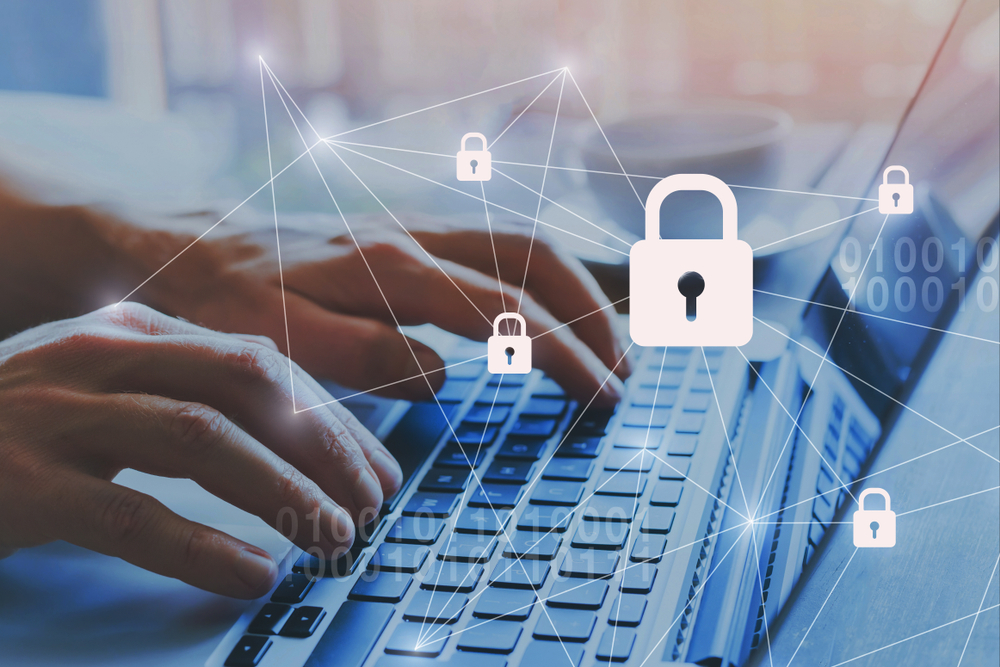The VDR (virtual data room) is a crucial resource for managing sensitive documents and information while conducting business. Secure virtual data rooms provide secure and convenient ways of handling documents and information during different corporate transactions. Data room services not only enable all parties to view the most up-to-date forms of important documents but also monitor their accessibility, making it easier for the process to be more effective and safer. If you want to rationalize your enterprise’s workflows, as well as optimize document management processes, then VDR might be the answer you have been yearning for.
Data Room Encryption: Safeguarding Confidential Information for Business Transactions
Virtual data rooms provide a secure environment for processing sensitive information, such as data room security and document encryption. They prevent confidential data leakage and provide data protection through secure communication channels and file sharing.
- Communication and document management. Virtual data rooms provide a secure means of communication and collaboration on documents, supporting secure file sharing. This avoids the risks associated with using insecure communication channels such as email.
- Control of storage and access to documents. Virtual data rooms provide business data protection and control over access. Users can comment and edit documents in a secure environment without resorting to insecure cloud services.
- Collect key information without creating separate documents. Some data rooms provide question-and-answer functionality that makes it easy to collect and analyze key information without creating separate documents.
- Access control and security. Access control via the admin panel. Owners of virtual data rooms can easily manage access through special control panels, which provide secure file sharing.
- Setting authorization levels and rights control. Setting access levels allows you to determine who has access to different documents and what actions they are allowed to take, such as printing or downloading files.
Overall, virtual data rooms ensure complete security of data and communications, protecting against threats associated with the storage, exchange, and processing of confidential information.
Compliance-Ready Solutions: Ensuring Regulatory Adherence in Business Data Management
It is essential to control access to data strictly. Access settings that can be changed are key to your legal document management policy to ensure regulatory compliance.
- Data encryption. Encryption is the cornerstone of data room compliance. Understanding cryptographic keys and using security standards is essential to protecting the information in your VDR.
- Audit logs. Digital footprints and audit trails play a key role in demonstrating regulatory compliance. They help keep a clear record of what’s happening with the data.
- Regular compliance checks. Regular compliance checks are necessary to maintain business transaction compliance. This process includes assessing the use of VDR, identifying risks, and addressing deviations from compliance standards.
- Regional differences in compliance. Understanding regional differences is essential to developing a comprehensive plan to respond to regulatory changes in your VDR practice.
Achieving VDR compliance is an ongoing process that requires constant attention and adaptation. Protecting your digital security from legal risks requires staying aware of applicable rules and regulations, proactively adopting best practices, and identifying ways to comply with laws in different countries. Stay informed, protect yourself, and show your VDR that you take compliance seriously in the digital age. Harmonious implementation of these practices can be achieved with the help of the best data room providers.
Audit Trail Transparency: Tracking and Monitoring Business Transactions with Data Rooms
The significance of transaction transparency is increasing in today’s highly technology-based business processes. One effective way to achieve this goal is to implement a system for tracking user activity in data rooms. This approach provides unique opportunities to monitor user activity, ensuring accountability and security of the transaction process.
How to Beat Applicant Tracking Systems in 2023
- Transaction transparency. Business transaction transparency plays a key role in creating trust between parties and reducing risks. Implementing user activity tracking systems in data rooms provides a high level of transparency, providing complete information about each stage.
- User activity tracking. Tracking systems allow you to track user activity in real-time, including data room audit trail and transaction monitoring, including access to documents and making changes. This approach allows you to quickly respond to potential violations and minimize the risks of unfair activities.
- Activity logs. These reports are an important tool that provides conclusive evidence of every stage of the transaction. This is especially important when demonstrating compliance with regulatory authorities or during an audit.
- Access to documents. Tracking systems record access to documents and all changes made. This ensures the integrity of the decision-making process and confirms the legitimacy of transactions. Tracking changes in document tracking becomes a guarantee of integrity and eliminates doubts about the integrity of transactions.
- Compliance with rules and standards. Data room activity logs are an important tool in maintaining this compliance. They record each stage of the business process in detail, creating a visual history of operations. This allows organizations to monitor their activities and quickly respond to changes in legislation by adapting their processes.
Data room activity logs are an important tool for ensuring transaction compliance. They provide detailed tracking of all user actions in the system, which promotes transparency and responsibility in the transaction process.

